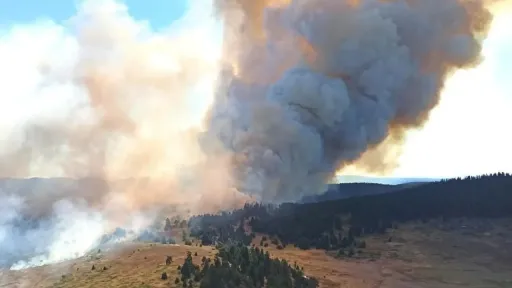Forest fire smoke far deadlier than previously estimated, study finds

Forest fire smoke kills 14 times more people in Europe than earlier believed, according to a groundbreaking study published in The Lancet and co-funded by the European Commission. The findings reveal that the health risks of toxic fine particles (PM2.5) released by wildfires have been drastically underestimated.
Researchers found that between 2004 and 2022, an average of 535 people in Europe died annually due to exposure to PM2.5 from forest fires. Earlier estimates had put the figure at just 38 deaths per year.
“The associations with all-cause and cause-specific mortality were greater for fire-related PM2.5 than for non-fire-related PM2.5,” the study noted. It warned that assuming wildfire smoke is no more harmful than other forms of air pollution “substantially underestimates the mortality burden.”
The study, supported by the European Commission, EU Horizon Europe, the European Research Council, and the Research Council of Finland, underscores that wildfire smoke particles are significantly more deadly than previously recognized.
The findings come as Southern Europe battles record-breaking blazes. EU fire monitoring data show that by 2025, 895,000 hectares of land had already burned — more than double the average area scorched by this point in the year over the past two decades. The fires also emitted more than twice the usual volume of PM2.5 particles.
With climate change expected to intensify fire seasons, experts warn that the health impacts of wildfire smoke could become one of Europe’s most urgent public health challenges.







